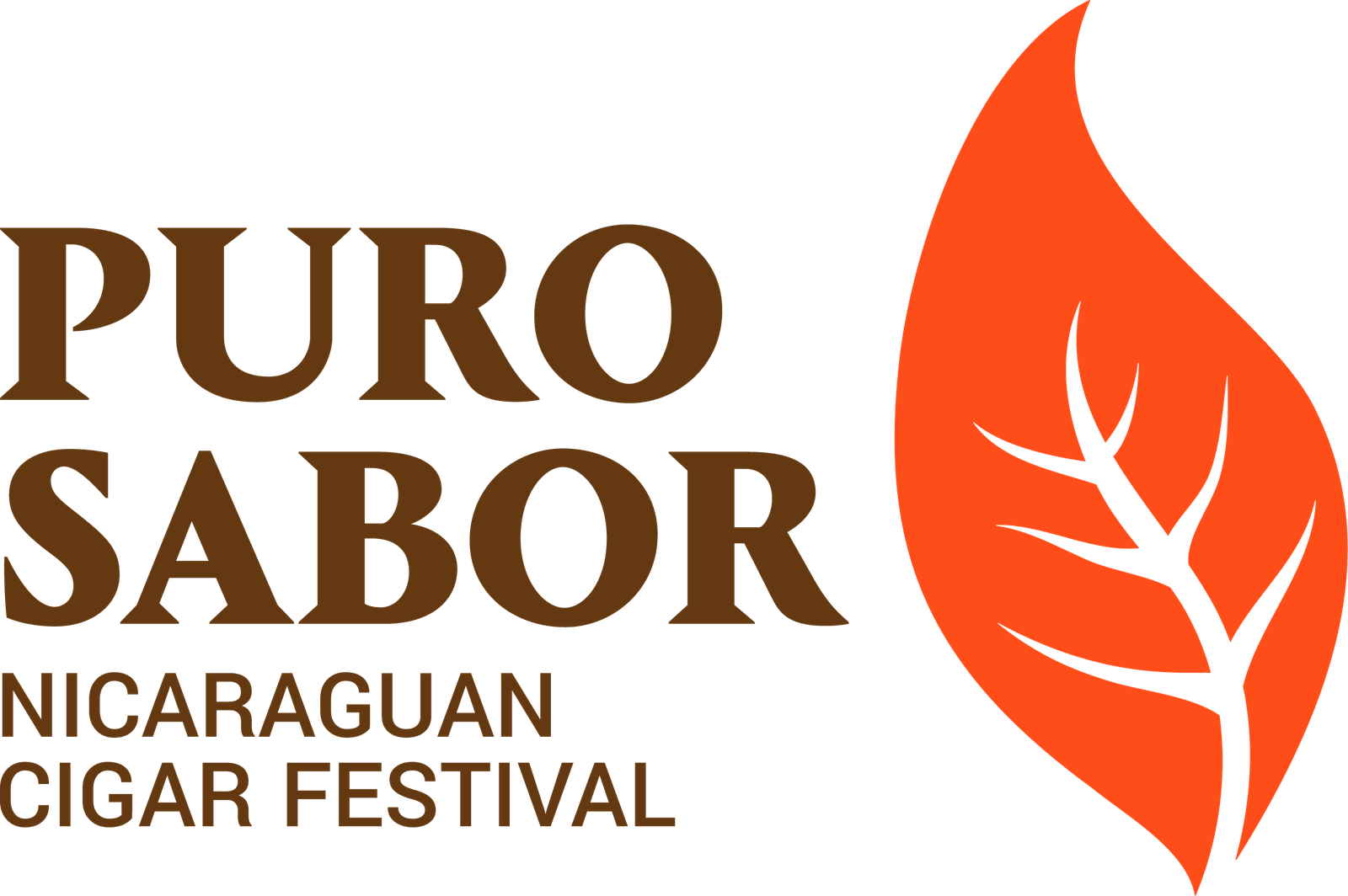Know More
The Nicaraguan Chamber of Tobacco
The Nicaraguan Chamber of Tobacco is an organization established in 2008 that represents the interests of the most important tobacco growers and cigar makers in Nicaragua. It is constituted by 26 companies that together represent 95% of all the national production of tobacco and cigars. Our objective is to promote the image of Nicaraguan grown tobacco and Nicaraguan made cigars, while defending the interests of our consumers, our companies and our workers.
What is included in the festival?
Your participation fee for the festival includes all these benefits plus an unforgettable and unique experience.

6-Night Hotel Lodging

Meals and Drinks Sunday to Friday

Transfers to All Places Jan 18th to 23rd, 2026

Group Insurance

Access to All Events

Gift Box
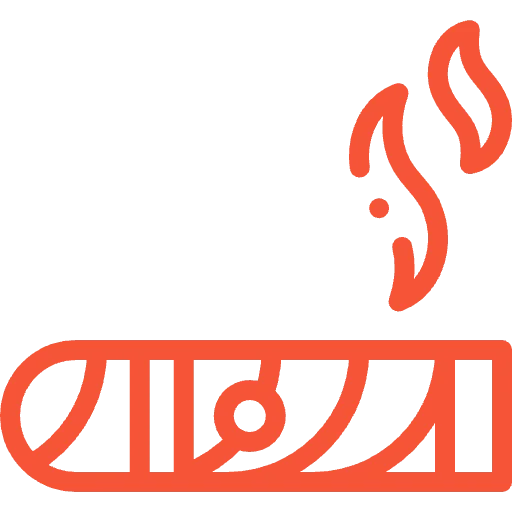
All You Can Smoke Cigars

All You Can Drink
What to bring?
You can find almost anything here in Nicaragua, but we recommend you bring the basics.
- Medicine for chronic disease
- Comfortable shoes to walk
- Comfortable clothing (Day)
- Cassual dress
- White Shirt to white party
The guides will give you all the time: hand sanitizer, repellent and drinks.
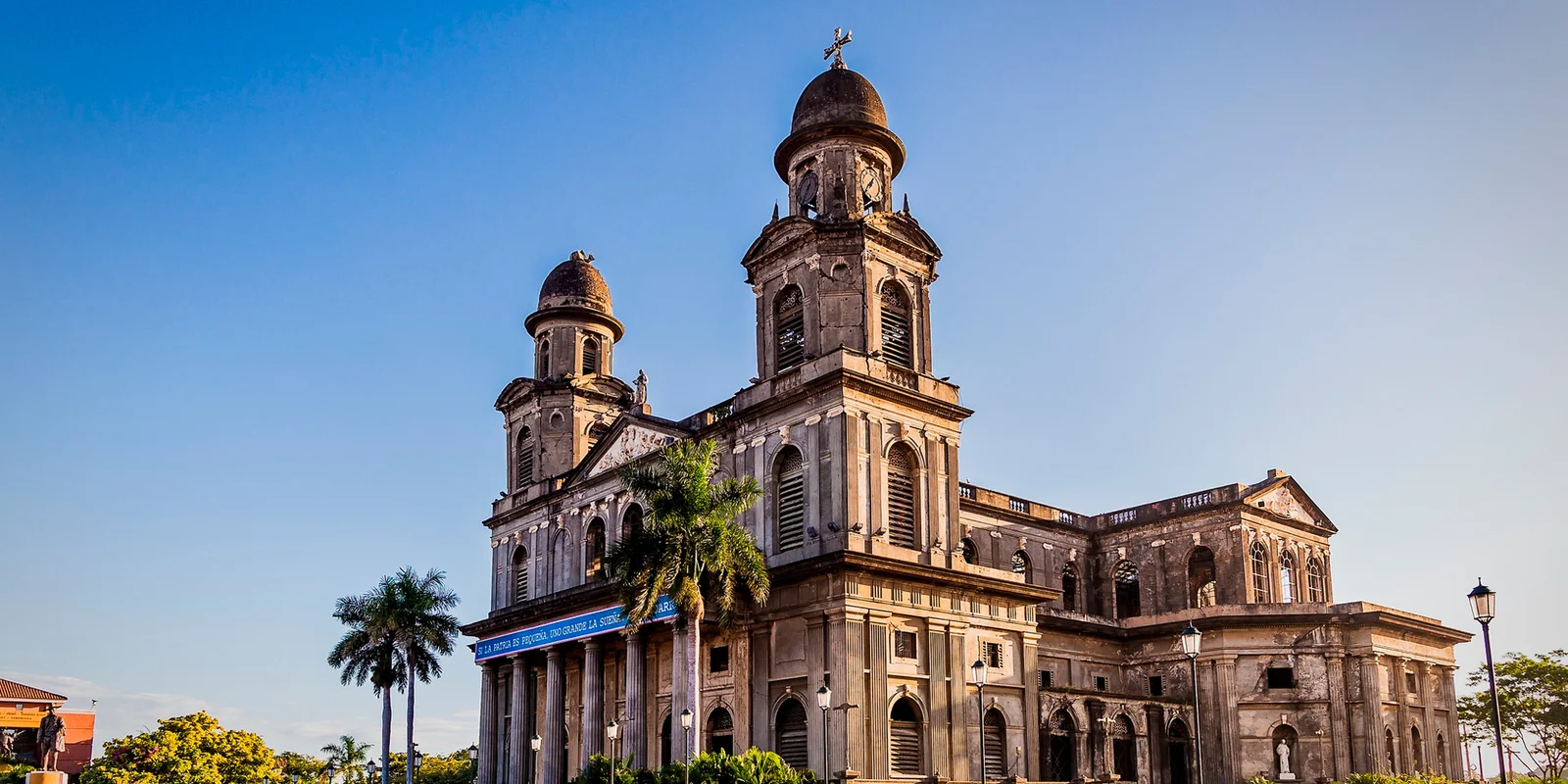
Located in the heart of America, Nicaragua’s border with North Honduras, South with Costa Rica, on the east by the Caribbean Sea and west with the Pacific Ocean. It covers an area of 130.668 km². Nicaragua is the largest country in Central America.
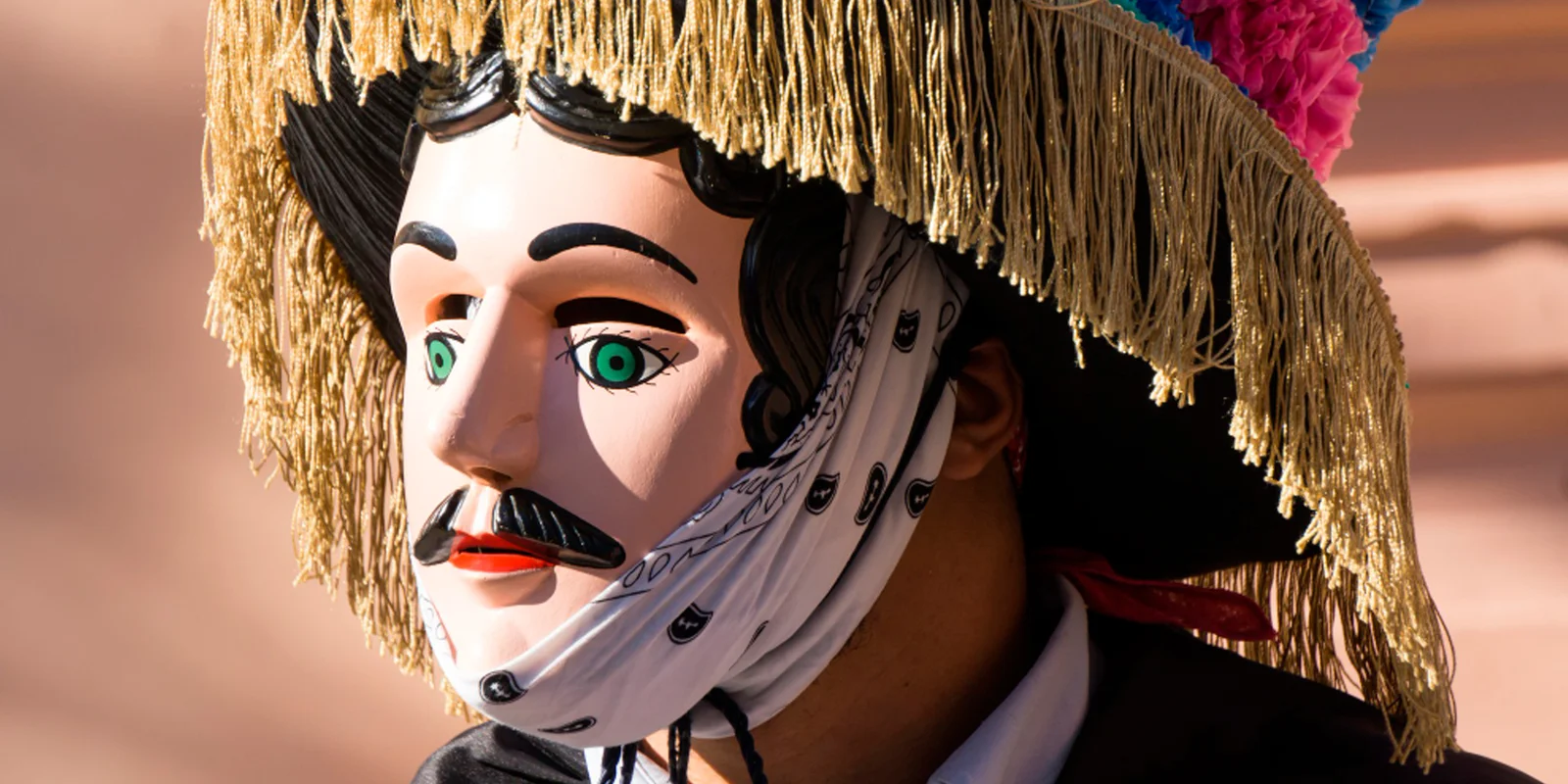
Approximately 5,500,000 people live in this country. The most representative ethnic race is Mestizo (69%); followed by preserved European descendants (17%), Africans (9%), Indian-American (5%). The predominant religion is Catholic with 95% of the parishioners.
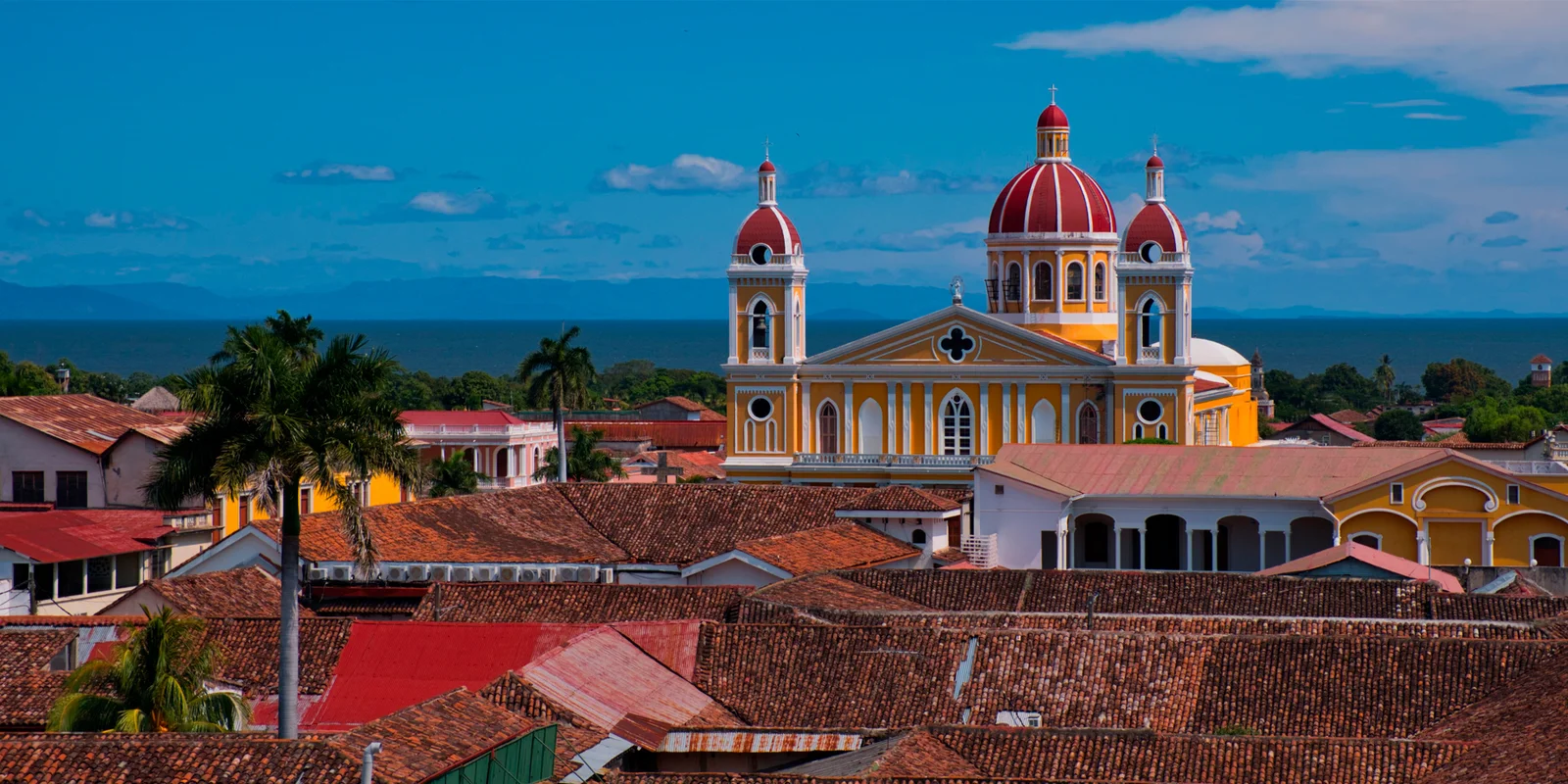
The temperatures vary between 27° C and 32° C (81 F and 90 F) during the raining season (locally called “winter”) and between 30° C and 35° C (86 F and 95 F) during the dry season (called “summer”). Summer extends, normally during November until April and winter between the months of May and October
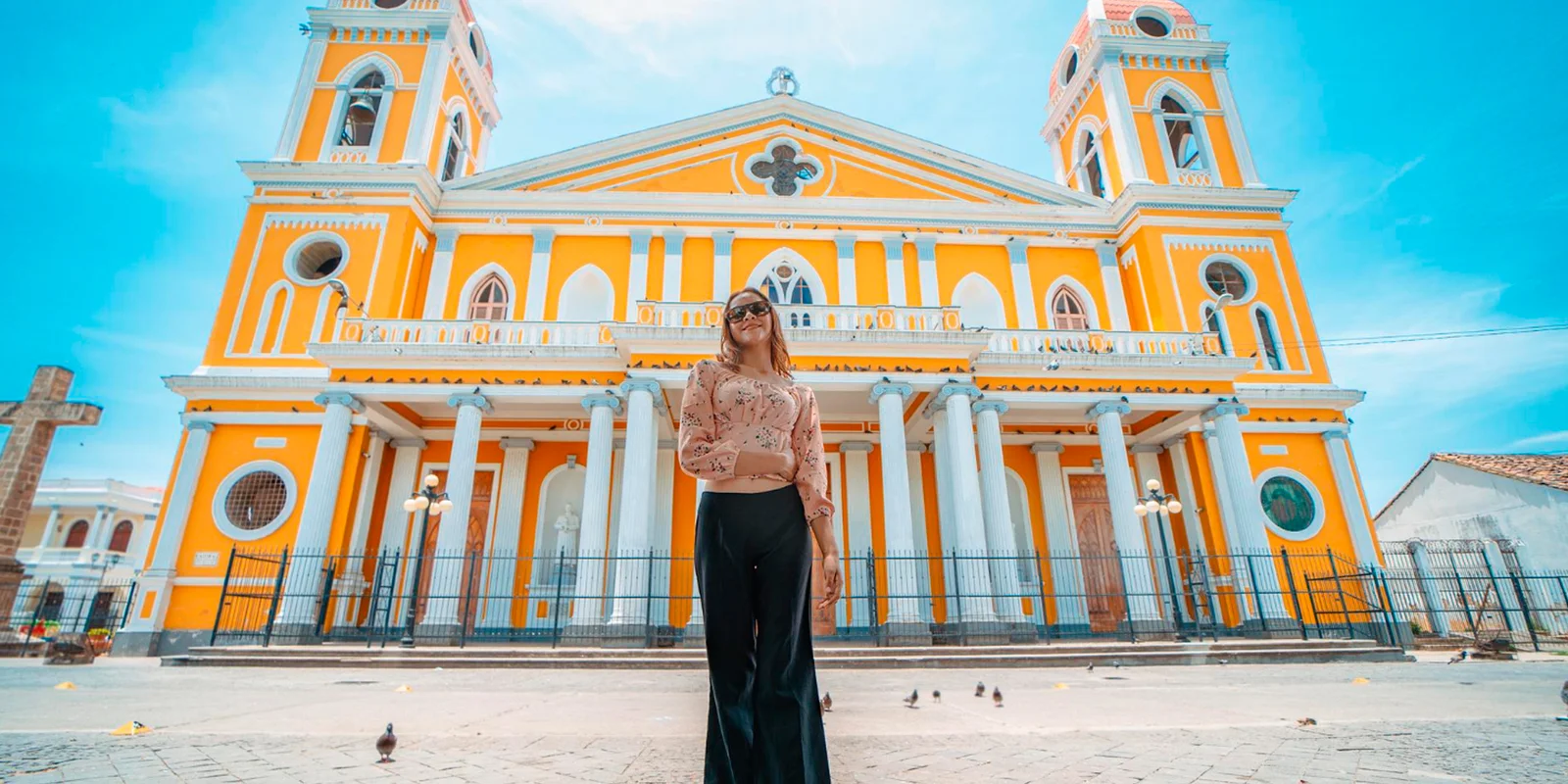
The official language is Spanish. Creole English predominates in the Caribbean coast of the Republic, as well as Miskito and other Native American dialect.
